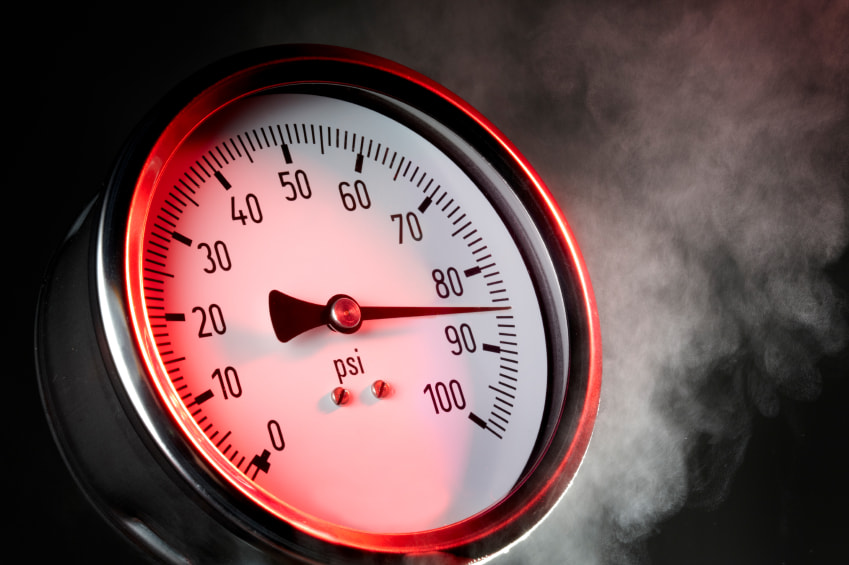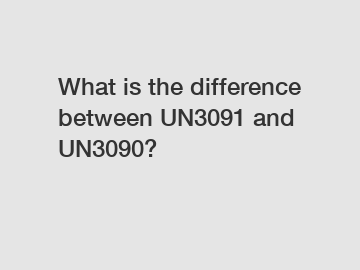How do I choose a hydraulic cylinder size?
Selecting the appropriate hydraulic cylinder size is crucial for ensuring optimal performance and efficiency in hydraulic systems. Hydraulic cylinders play a pivotal role in numerous applications, ranging from construction machinery to industrial automation.
Understand the Application Requirements:
The first step in choosing a hydraulic cylinder size is to thoroughly understand the specific requirements of the application. Consider factors such as the load to be moved, the required force, speed, and the working environment. By having a clear understanding of the application's demands, you can better match the hydraulic cylinder size to meet these requirements.
Determine the Load and Working Conditions:
Calculate the load that the hydraulic cylinder will need to move. Consider both the weight of the load and any additional forces acting on it, such as acceleration or deceleration forces. Also, evaluate the working conditions, including the temperature, duty cycle, and potential environmental factors that may impact the cylinder's performance.
Define the Stroke Length:
The stroke length is the distance the hydraulic cylinder extends and retracts. It is a critical parameter that directly influences the cylinder's size. Ensure that the selected stroke length aligns with the application's requirements, taking into account any space constraints or limitations.
Calculate the Required Force:
To determine the force required, use the formula:
F=P*A
where:
Additional resources:When was the dump truck invented?
Everything You Need to Know About Gravure Printing Machines
Ultimate guide to choosing the best animal feed pelleting machine
Is a bottle extrusion blow molding machine worth the investment?
Is Using an Exhaust Ozone Generator Environmentally Friendly?
How many watts does a laser cutter need to cut metal?
Mastering the Basics of the 300A ESC
F is the force (in pounds or newtons),
P is the pressure (in pounds per square inch or pascals),
A is the effective area of the piston (in square inches or square meters).
Knowing the required force allows you to select a hydraulic cylinder size with the appropriate bore diameter to generate the needed force at the given pressure.
Consider the Speed and Flow Rate:
The speed at which the hydraulic cylinder needs to operate and the flow rate of the hydraulic fluid are essential considerations. Ensure that the chosen cylinder size can accommodate the required speed without sacrificing efficiency or causing undue wear and tear. Matching the cylinder size to the hydraulic system's flow rate is crucial for optimal performance.
Factor in Safety Margins:
It's advisable to include safety margins in your calculations to account for variations, unexpected loads, or changes in operating conditions. Building in a safety factor ensures that the hydraulic cylinder can handle unforeseen circumstances without compromising safety or performance.
Consult Manufacturer Specifications:
Manufacturers provide detailed specifications for their hydraulic cylinders, including information on bore sizes, stroke lengths, pressure ratings, and speed capabilities. Refer to these specifications and guidelines to choose a hydraulic cylinder size that aligns with your application's needs.
Consider Space Constraints:
Take into account the physical space available for the installation of the hydraulic cylinder. Ensure that the selected size fits within the given space constraints without hindering its operation or creating cleara
Additional resources:How do I get the most out of recycling metal?
Revolutionizing Construction: The Future of Concrete?
How much can a 2.5 T forklift lift?
Cannabis weighing machine: A game changer?
5 Reasons Why E Frame Trailers are Taking the RV World by Storm
Discover the Best Bubble Sheet Manufacturing Machine for Your Business Needs
Who makes BMS motorcycles?












Comments
0